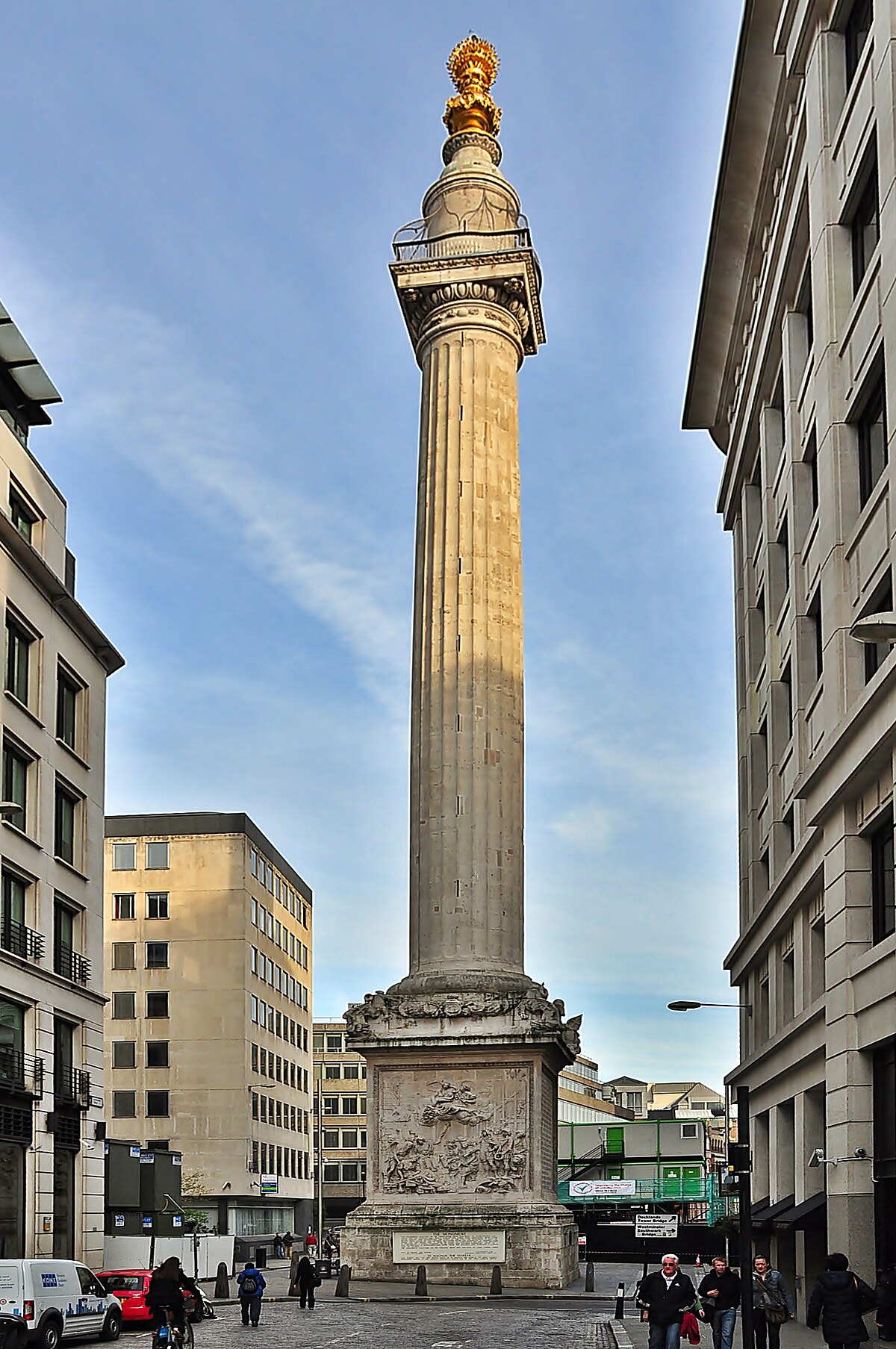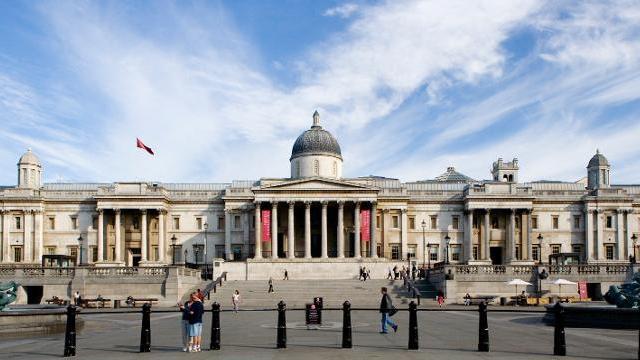Transportation and costs in a nutshell:
So like my fellow interns, I know that being in Scotland means you should take all the opportunties and explore Scotland...and so being the crazy traveller....I did. In terms of the cities I've been to in Scotland, I've been to Aberdeen, Glasgow, Edinburgh, St Andrews, Lilinthgow, Stirling, and Musselburgh. Additionally, I also went on a tour with some of my UCEAP friends to the Isle of Skye so we did stop by places like Fort Williams (where Loch Ness is), the island of Skye itself, Perth, and some other crazy places.......so yes I have travelled around in Scotland.
 |
| Me and some of my crazy Scottish Parliament buddies James Young Kim and Derek Westeroff :). |
In terms of transportation, the train is definitely the most convenient method; however, I've also taken buses too. In terms of price difference.....depending on the time of day + the means of public transportation the differences can be huge. For example, Edinburgh to Glasgow takes about 1 hour both by bus and train; however, a round trip ticket via train will cost 12.60 pounds and a round trip via bus will cost 11.70 pounds. For places like St Andrews, and Musselburgh I did use the bus; however, most of the time I used train simply due to convenience...and the amazing pastys at "The Pasty Shop" at Waverly Train Station.
 |
| When I'm in a hurry to go, and forget about breakfast....nothing beats getting a huge warm flakey pasty in the morning. :) |
If you want to travel via train, the tickets aren't cheap. After leaving Scotland, what I learned from my friends, George Ward is to GET A 16-25 RAIL CARD. As long as you're under 25, a 16-25 railcard costs 30 pounds and allows you to buy 30% off discounted tickets. It costs 30 pounds a year, but you can buy it for 3 years. Also if you can, buy the tickets online (advanced). This can save you so much money. E.g. A single ticket to London on the day of can cost 125.50 pounds, but if you use a railcard and book maybe 2 weeks in advance this could cost 44.50 pounds.
Where should I travel?
I can't exactly advise on this because everyone has different tastes; however, I tend to be a huge castle lover, so one of the things I did was invested in getting a Historic Scotland Membership card. The Historic Scotland Membership card allows you to travel to over 345+ places such as Edinburgh Castle, Stirling Castle, Linlithgow Palace, or Doune Castle.
 |
| Yes to all of you Monty Python geeks, Doune Castle is the Castle where they filmed Monty Python. If you go there, get an audio guide because it's narrated by the one and only Terry Jones :). |
Also Historic Scotland places tend to have stamps, so yes my other main reason for travelling in Scotland was to go around and be like a pokemon trainer.....and collect all the stamps I could collect.
 |
| Gotta collect them all Historic Scotland!. Ok that did not sound as catchy as the Pokemon Song like I thought it did. Also yes I have been to more places, I just forgot to get my lovely book stamped. |
Travelling in Edinburgh? My favorite places :).
Sometimes I just become way too lazy to walk or take a bus to the train station, so in Scotland I also did a lot of travelling around Edinburgh. Here's my top 4 rankings:
 |
| Some of the lovely interns and I went to Edinburgh Castle...but sadly it was closed upon arrival. :< |
1. Edinburgh Castle
Edinburgh Castle is definitely a must because you get a gorgeous view + you can learn quite a lot about Edinburgh Castle's role in Scottish Wars, history etc. They also have the National War Museum inside Edinburgh Castle with 7 gallery exhibitions. For those who don't want to get a Historic Scotland Pass one visit costs 16 pounds, but Edinburgh Castle is big enough that you may take 2-3 visits before you see all of what the castle hasto offer. (It took me 3 visits before I saw everything.)
2. National Galleries of Scotland
For all you traditional art lovers (not the ones into contemporary art) I kid you not...the National Gallery of Scotland is the MUSEUM in Scotland where they have a ton of paintings by Titian, Rembrandt, Monet, and even a painting by the great Leonardo Da Vinci. It's a bit overwhelming because the walls are quite literally covered in paintings, but if you're a huge art geek like me you'll find yourself not wanting to leave the museum..until the staff tell you to leave because they're closing.
Admission cost: Free!
 |
| If you go during January, National Gallery Scotland has a special limited William Turner Watercolour Exhibition. |
3. Arthurs Seat
Arthurs seat is the highest point in Edinburgh where you can get the best panoramic view of Edinburgh. Located in Holyrood Park, Arthurs seat sits on top of an extinct volcano. From the Scottish Parliament it's about a 35 minute walk to get to the top. :) My suggestion: climb and get up there before sunrise and watch the sun rise at 6AM. (This time will vary depending on the season.)
 |
| On a sunny day, hiking to Arthurs seat is the best! |
4. National Museum of Scotland
For all you science lovers, history lovers, culture lovers, er..and taxidermy lovers, the National Museum of Scotland is a miniature Crystal Palace World Exhibition with amazing exhibitions on...well everything. Everything Scottish anyways (e.g. Dolly the Sheep, Higgs Particle, Tartan etc.) and a few things in the world: Ancient Egyptian pottery, Assyrian reliefs etc. Not as overwhelming as the National Gallery of Scotland, but still, the National Museum of Scotland is pretty big and you may find yourself spending a few hours to see everything. Admission cost: Free!
 |
| This is the stunning interior of the National Museum of Scotland |
5. Palace of Holyrood
This is where the Queen officially resides in Scotland for a week or so every year. Palace of Holyrood is right across from the Scottish Parliament, and although it doesn't look like much.....it's quite deceptive. I didn't see the Queen's Gallery, but I did go into the Palace of Holyrood itself and it's a really gothic and ornate mansion. Additionally in the gardens, you will find the remains of Holyrood Abbey. Overall, the grandiose nature of the Palace of Holyrood with its extensive collection of silver will make you wish you were the queen just so you could live there.
 |
| Fun fact: From the Palace of Holyrood to Edinburgh Castle, the distance is approximately 1 mile. This is why Edinburgh's famous Royal Mile is named the Royal Mil.e :) |
Admission Prices:
Palace of Holyrood exhibit + queens gallery + garden tour = 18 pounds.
Palace of Holyrood exhibit + queens gallery = 14.50 pounds
Palace of Holyrood exhibit only: 10.30 pounds.
The Palace of Holyrood exhibit does come with a audio guide :) and make sure you get your ticket stamped so you can enter again another day. *note if you are a member of Historic Scotland, you get a 20% discount.
There are a few places I haven't been to such as Dynamic Earth which I heard was spectacular, as well as the Portrait Gallery, so if I ever come back to Scotland, I will probably explore those and blog about it too.
Anyways until next time,
Cheers!
Tina

















